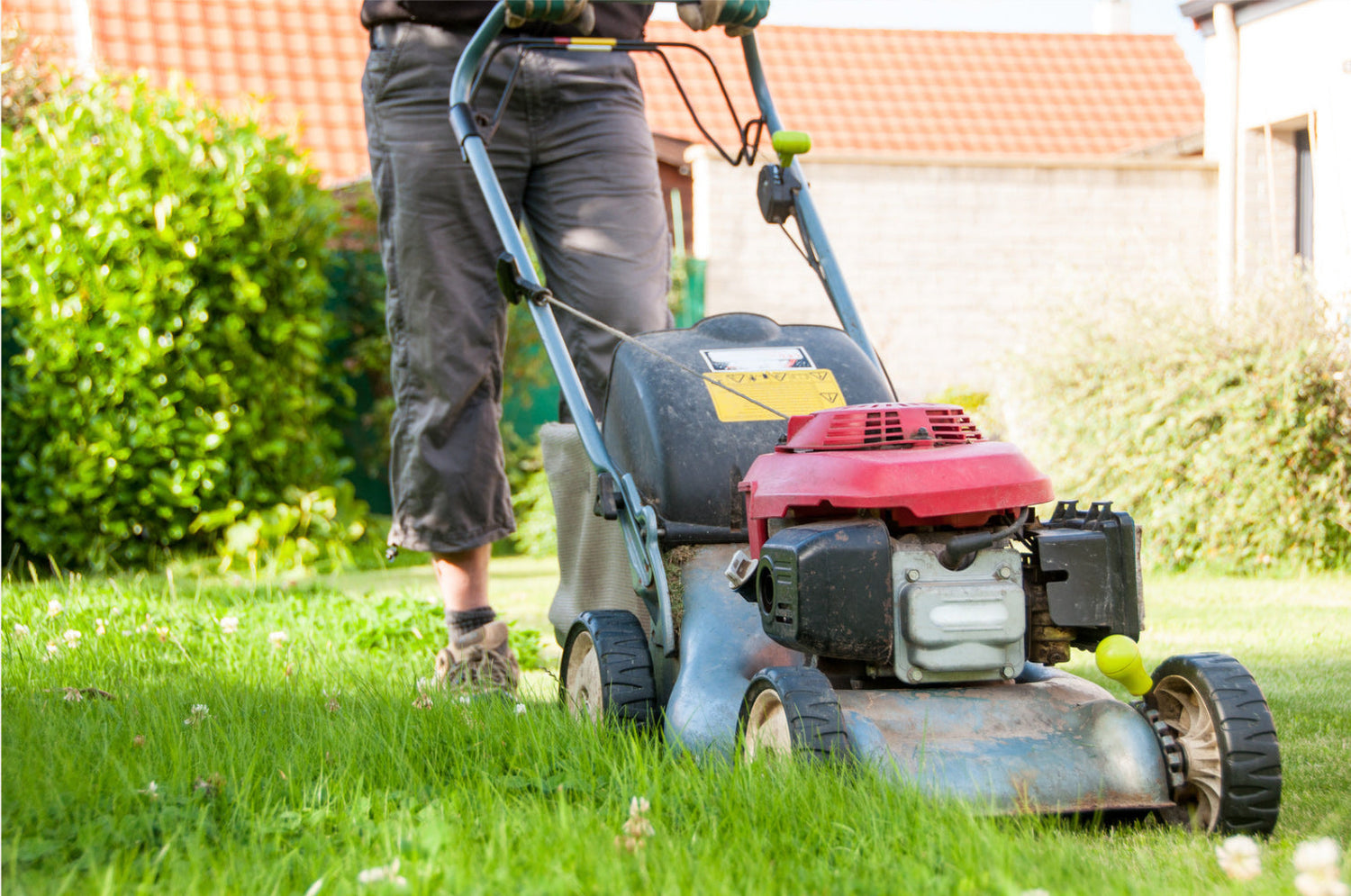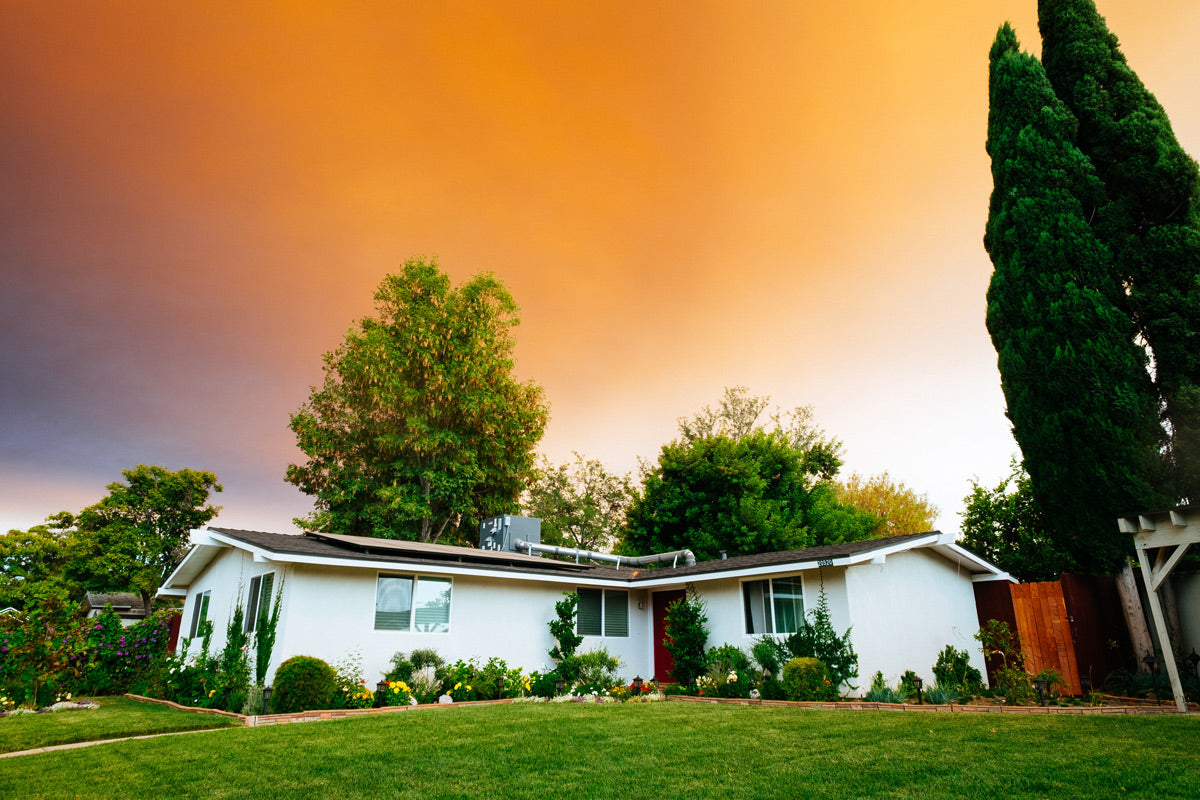From ice bucket challenges to retro clothing revamps to TikTok’s ever-changing repertoire of dance moves, the world we live in today is full of viral trends, and it’s a phenomenon that’s likely to stay. But how often do these trends affect our communities in a positive way?
Well, maybe more often than you’d think!
The No Mow May movement began in 2019 as a bee conservation effort in the United Kingdom1. Thanks to the help of a researcher at Lawrence University in Best Bee Brothers’ home state of Wisconsin, it has since jumped the pond and found roots in several cities throughout the U.S., including its 435 participants in Appleton2. But just what is No Mow May?

What Is No Mow May?
Just what is No Mow May? Exactly what it sounds like! It’s a passive approach to increasing (even if only for a month) the biodiversity around our homes by not cutting the lawn for the entire month of May.
What is the Purpose of No Mow May?
The goal behind No Mow May is to raise awareness about the environmental impact of lawn maintenance and its effects on biodiversity in our own backyards. For many who participate in the movement, the key players are powerful springtime pollinators: bees, especially bumblebees, honeybees and mason bees. By letting your lawn grow naturally for several weeks at the beginning of spring, you can offer bees a larger and more readily available source of flowers to pollinate (which in turn increases their habitat size and likelihood of future survival).
Note: Grasses start turning green and growing in May around Wisconsin where No Mow May was established in the states. Be sure to plan your No Mow Month based on a more accurate arrival of spring in your area.
This is an important topic given the steadily declining trend in bee populations. In fact, out of concern for these vital creatures, the United Nations named May 20 World Bee Day and stated that “present species extinction rates are 100 to 1,000 times higher than normal due to human impacts. Close to 35 percent of invertebrate pollinators, particularly bees and butterflies…face extinction globally.” 3
In the face of such dire statistics, however, some studies have found reasons to remain hopeful. A survey of citizen scientists in the UK found that not mowing their lawns resulted in ten times more nectar for pollinators.4
Why You Should Participate in the No Mow Movement
For some homeowners, the idea of not mowing their lawn for an entire month is borderline sacrilegious. After all, what would the neighbors think if your yard suddenly turned into an unkempt tangle of weeds and dandelions? Not to mention those of us who live in a community governed by an HOA! For many, the idea of going buck wild is downright intolerable. After all, a clean-cut, well-groomed yard is one of the classic symbols of Americana. Yet there are more than a few reasons you might want to consider giving the no mow movement a chance.

Here are some of the benefits of No Mow May:
Supports Biodiversity
A well-maintained lawn is often devoid of any plant life apart from grass. By letting your lawn grow, you provide a habitat for a variety of insects, birds and small mammals that play an important role in maintaining a healthy ecosystem and that keep the natural food chain unbroken.
For example, bees, butterflies and other pollinators are attracted to wildflowers, which can thrive in a lawn that is left uncut. This, in turn, supports the growth of other plants and helps maintain a balanced environment. In contrast, the legacy that we leave behind as a species is most often one of harm to the natural world. Bees in particular have been acutely affected over the last few decades as evidenced by their decreasing population size, so by supporting other plant life, you can help ensure not only a more diverse environment, but a healthier planet at large.
Reduces Your Carbon Footprint
Gas-powered lawn mowers, like cars and other innovations that burn fossil fuels, emit carbon dioxide, a powerful greenhouse gas that contributes to climate change. In fact, according to the Utah Department of Environmental Quality, lawn mowers can emit as much pollution as 11 cars in just one hour of operation!5 That’s a tremendous amount of pollution that we add to the air by this simple act of outdoor maintenance. By not mowing your lawn, even if only for a single month, you can reduce your personal carbon footprint and lower your contribution to climate change.
Conserves Water
It’s no secret that lawns require a lot of water to keep them looking green and healthy. But grasses for lawns are generally resilient, and if your lawn turns brown, especially in the heat of summer, that doesn’t necessarily mean it won’t grow back.6 During a time when water scarcity is a growing concern, not mowing your lawn helps ration this precious resource.7 By letting your lawn grow, you reduce the amount of water needed to maintain it, which can help protect local resources. And hey, as an added bonus, you can look forward to reduced water bills as well!
How Else Can You Help?
Participating in the no mow movement is as easy as letting loose on some of the reins you’ve traditionally held tight. However, if an unkempt lawn is too much of an eyesore for you, there are several other ways you can help protect the bees this season.
One of the measures you can take is by simply planting more flowers in or around your garden. Wildflowers, and native plants in particular, are a great addition to the ecosystem and can go a long way in attracting healthy bee populations to your home. This not only provides a habitat for wildlife, but it’s also a visually striking pop of color that you can use to spruce up your yard.

Another option to consider is providing a manufactured home for solitary bees that do not live in colonies and must make or find their own nests each season. Mason bees are a great example. These powerful pollinators live in existing crevices and holes that they are able to find. Unfortunately, sometimes these crevices and holes are in – or on – the siding of your home. One simple solution, however, is our Carved Carved Bee Lodge. The bee lodge (or bee hotel) mimics the natural environment of a mason bee, and offers room not just for one family, but 12! Not sure where to place your bee lodge? Just take a look at our “Where to Place Bee Lodges” blog post, which covers placement and how to really get the most out of your bee hotel.

Finally, we recommend limiting the use of harmful chemicals and pesticides whenever possible. Not only is this a benefit to the bees and the rest of the wildlife community, but it also protects you and your loved ones from undue exposure. The less contact we have with harsh chemicals, the less likely we are to fall victim to their unintended side effects.
At Best Bee Brothers, we’re proud of the steps that our home state of Wisconsin has taken to embrace the No Mow May movement, and we invite you, wherever you live, to participate in preserving wildlife this spring!
- “No Mow May,” Plantlife, accessed March 8, 2023, https://nomowmay.plantlife.org.uk/.
- “No Mow May,” Bee City USA, Xerces Society, accessed February 2, 2023, https://beecityusa.org/no-mow-may/.
- “World Bee Day,” United Nations, accessed February 25, 2022, https://www.un.org/en/observances/bee-day.
- “No Mow May: How to Get Ten Times More Bees on Your Lockdown Lawn,” Plantlife, accessed March 8, 2023, https://www.plantlife.org.uk/uk/about-us/news/no-mow-may-how-to-get-ten-times-more-bees-on-your-lockdown-lawn.
- Christine Osborne, “#NoMowDays and Other Ways to Trim Your Grass and Your Emissions,” Utah Department of Environmental Quality, July 15, 2021, https://deq.utah.gov/air-quality/no-mow-days-trim-grass-emissions.
- Lynn Coulter, “Why Letting Your Grass Turn Brown in Summer Is Totally OK,” Better Homes & Gardens, August 20, 2022, https://www.bhg.com/gardening/yard/lawn-care/brown-grass-in-summer/.
- “Water for Life,” United Nations, United Nations Department of Economic and Social Affairs, November 24, 2014, https://www.un.org/waterforlifedecade/scarcity.shtml.









Leave a comment
All comments are moderated before being published.
This site is protected by hCaptcha and the hCaptcha Privacy Policy and Terms of Service apply.